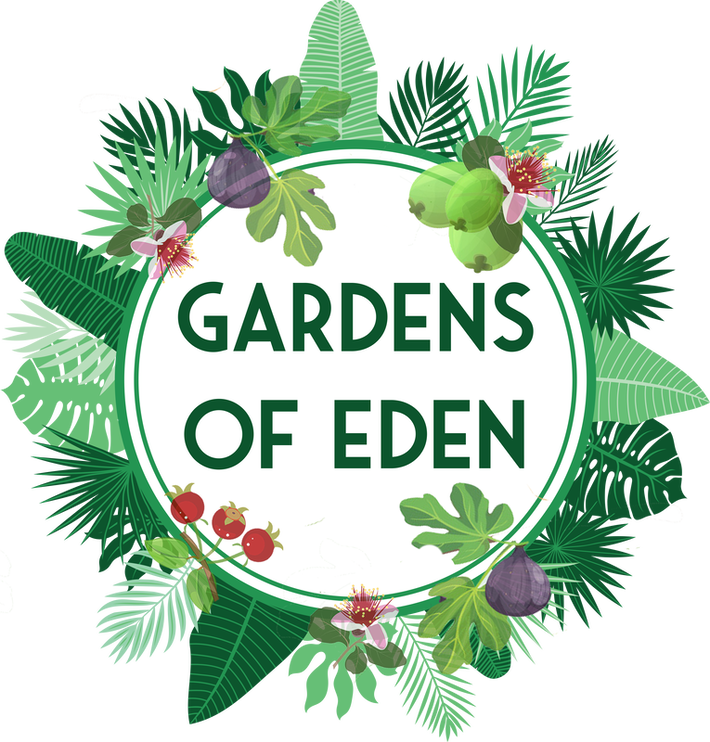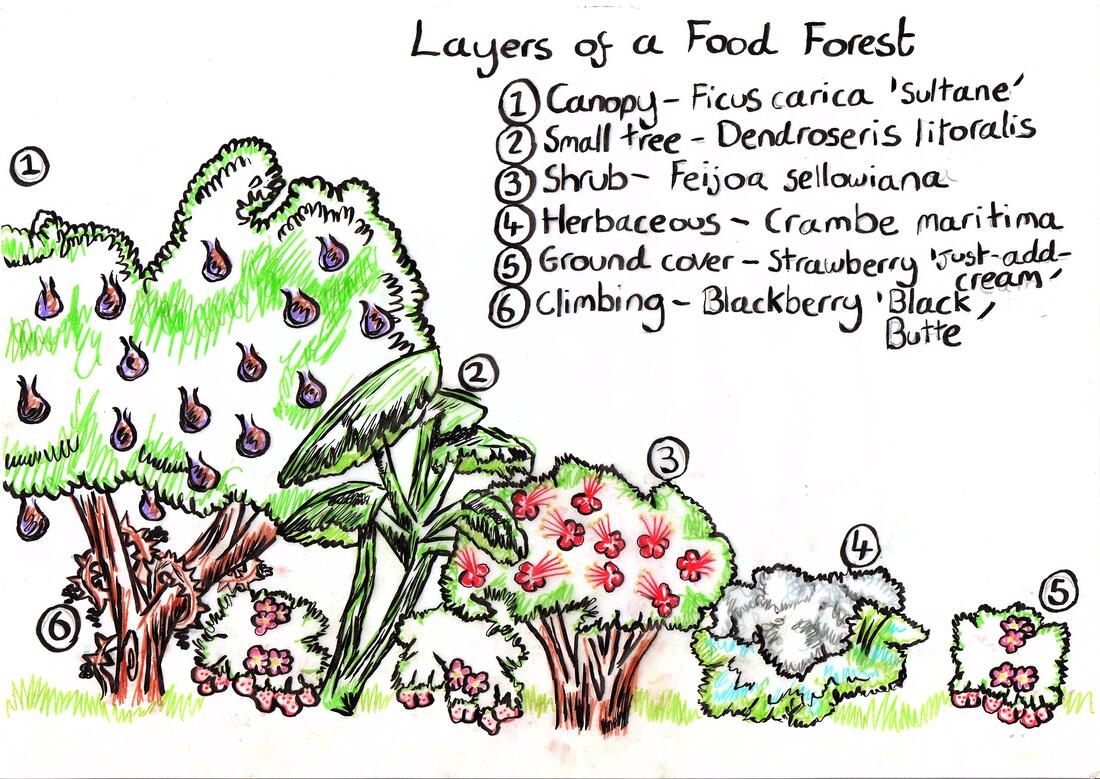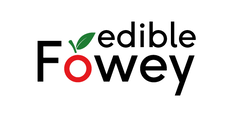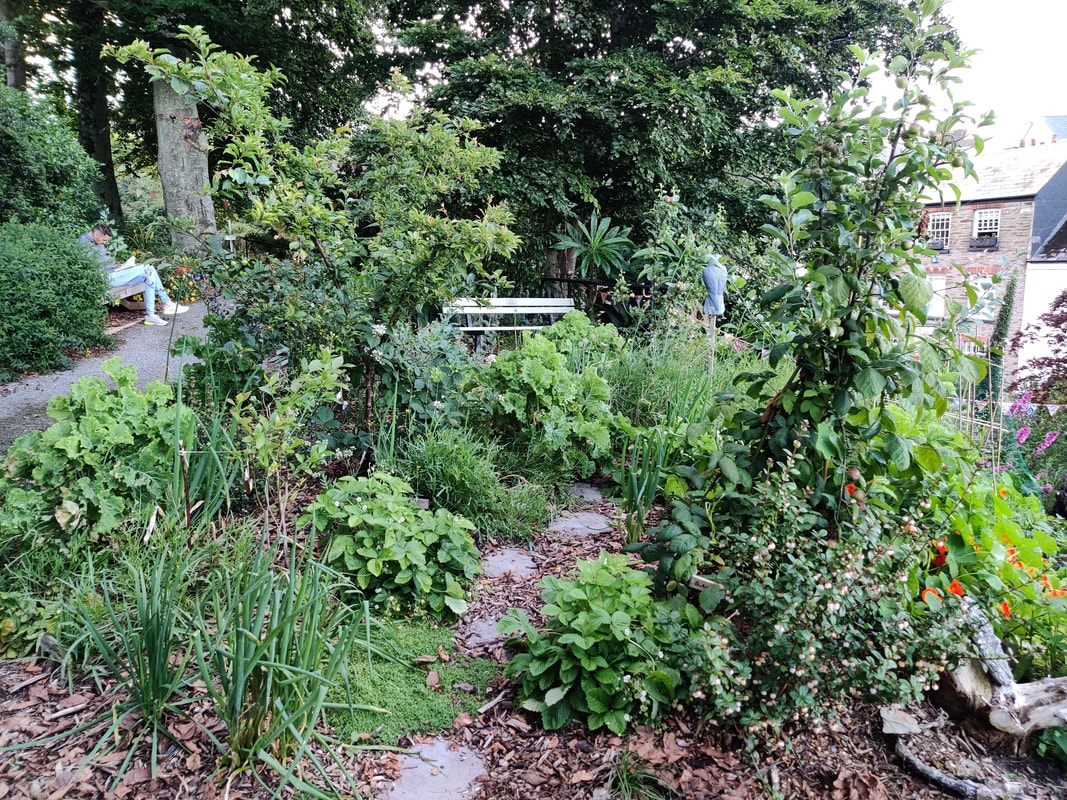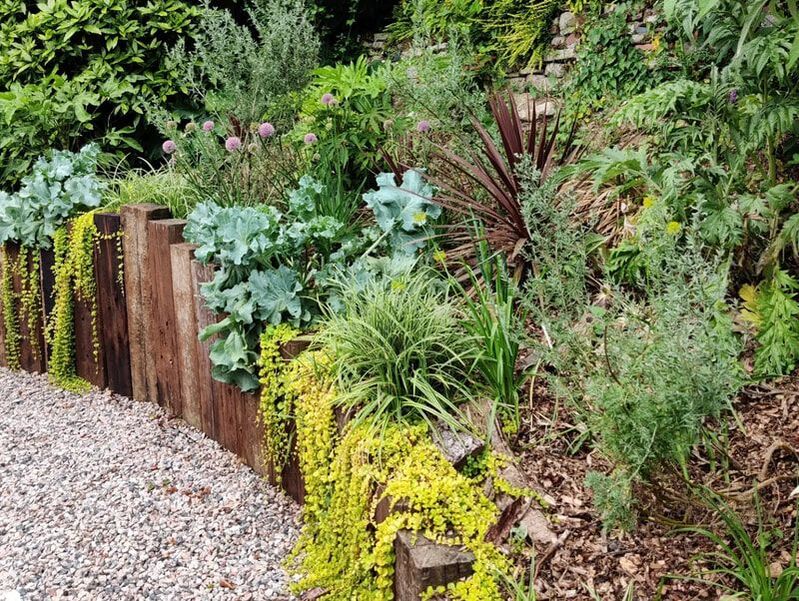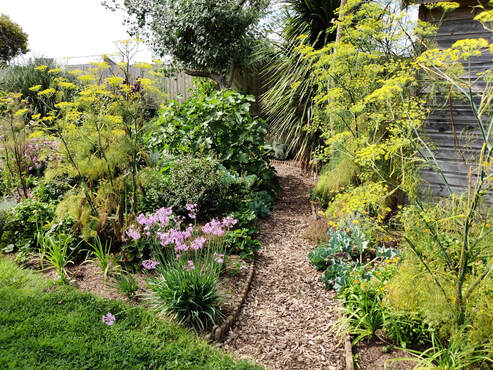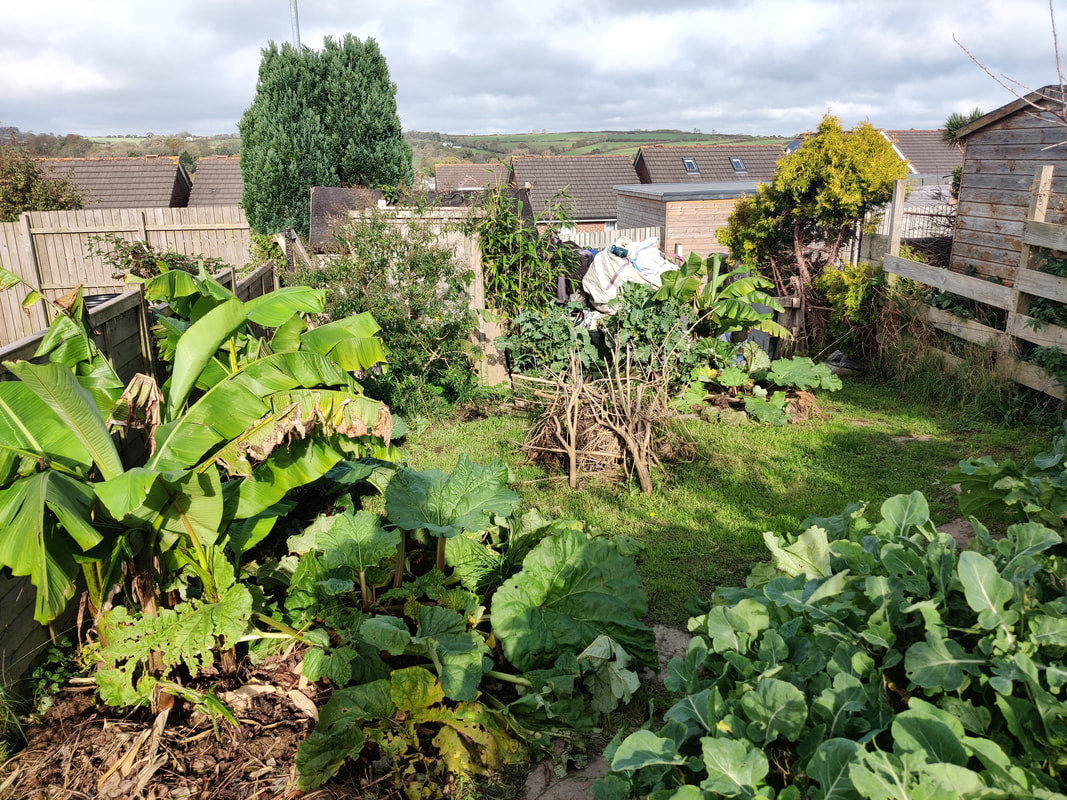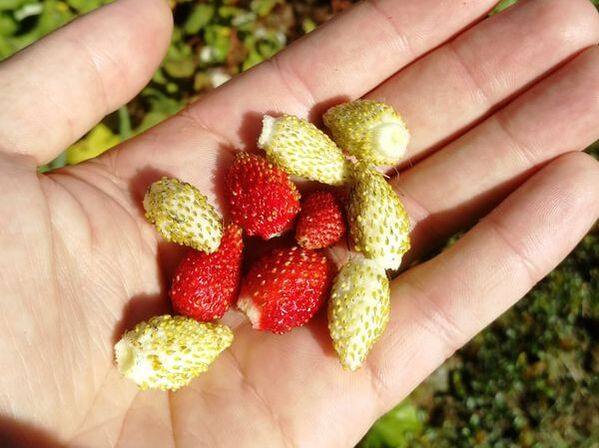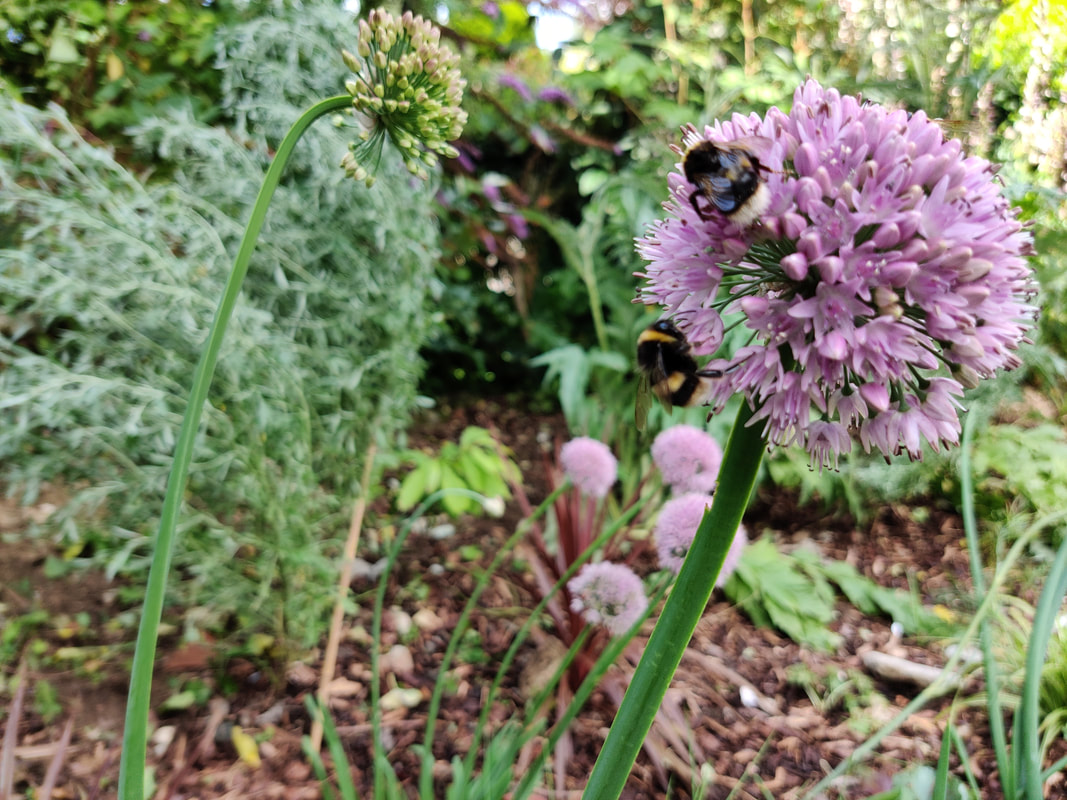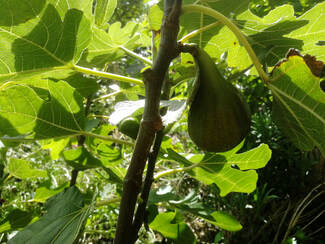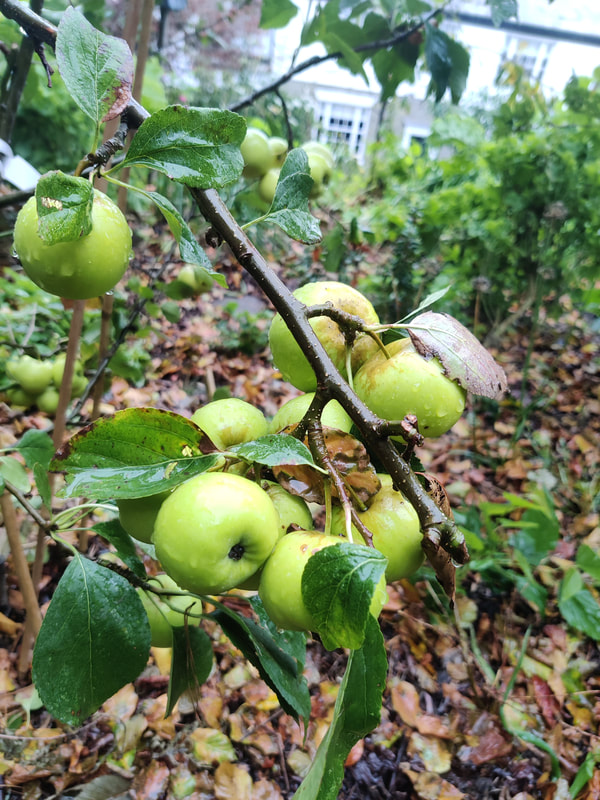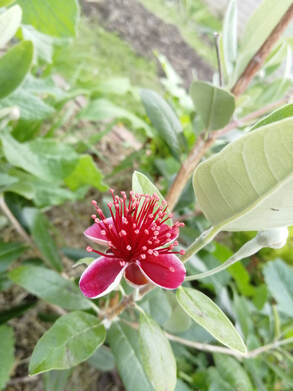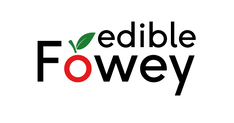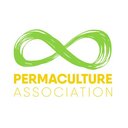Guava, ginger, cucumber and garlic, orange, rhubarb, persimmon and lemon. What if I told you all manner of tropical flavours can be grown year after year from one bed in the garden?
Well they can...
Edible Landscaping combines the Permaculture principle of 'Edible Forest Gardening' with conventional garden design theory, the result? Beautiful ornamental gardens with an edible twist! We believe that this using this combination of methods is the best of both, an ornamental garden with every plant producing something delicious to eat. Edible Landscaping is also a great way to grow and harvest exotic flavours straight from the garden, often fruits and flavours not available anywhere else and by using perennials and self seeding annuals, harvests will return year after year after year - without the need to re-sow or work the soil!
Edible Landscaping is the only way to create a beautiful, Willy Wonka inspired flavour factory in your garden... What's not to like?
Please get in touch to discuss your latest food forest design / edible landscaping project.
Well they can...
Edible Landscaping combines the Permaculture principle of 'Edible Forest Gardening' with conventional garden design theory, the result? Beautiful ornamental gardens with an edible twist! We believe that this using this combination of methods is the best of both, an ornamental garden with every plant producing something delicious to eat. Edible Landscaping is also a great way to grow and harvest exotic flavours straight from the garden, often fruits and flavours not available anywhere else and by using perennials and self seeding annuals, harvests will return year after year after year - without the need to re-sow or work the soil!
Edible Landscaping is the only way to create a beautiful, Willy Wonka inspired flavour factory in your garden... What's not to like?
Please get in touch to discuss your latest food forest design / edible landscaping project.
Low Maintenance | Edible Ecosystems
|
An Edible Landscape uses the same principles as a Food Forest or Edible Forest Garden. Designed to:
What makes Edible Landscaping unique is that this concept is scaled down appropriately for a domestic or public space setting. Then, combined with conventional, ornamental garden design theory. Using his combination of methods results in garden-sized Food Forest ecosystems, that to the untrained eye look just like any ornamental garden, the twist being that everything you see is edible. Like a Food Forest, an Edible landscape is also low maintenance once established. |
|
What is Edible Landscaping?
Edible Landscaping is our way of describing the unique combination of methods we use to create ornamental food forests. We use conventional planting design theory in addition to edible forest gardening to create beautiful food forests. Taking care to ensure balance, continuity and to include harmonious forms and colours, as well as producing lots of sustainably produced organic food!
Why Plant a Food Forest?
|
According to the National Trust (2019), UK wildlife is in massive decline, with several species facing extinction. Conventional agriculture, climate change, loss of habitat and pollution are all key contributors to the devastating loss of our native ecosystems that humans rely on (National Trust, 2019). At a time when we are looking at more ways to grow food more sustainably, we at Gardens Of Eden believe that Edible Landscaping has a role to play. Growing food in a Food Forest or Edible Landscape ecosystem has a variety of benefits, such as:
Edible Landscapes can create beautiful, edible ecosystems in our gardens resilient to forces of climate change and the uncertainty of the economy. Moving towards a sustainable, organic, more self sufficient way of producing delicious food. National Trust (2019) 'The State of Nature Report 2019'. National Trust |
Is food from a Food Forest nutritious?
Probably... Donald R. Davis, (2013) compared the nutritional content of a variety of modern garden crop cultivars with the nutrient content of older cultivars. He found reliable declines in most of the nutrients measured from the modern crops when compared to the older cultivars (Davis, 2013).
What does this mean? Davis, (2013) argued that modern cultivars have been selectively bred for higher yields and fast growth but that the crops haven't necessarily adapted to uptake nutrients at this accelerated rate (Davis, 2013).
Davis (2013) also hypothesised that commercial growers would be likely to select plants for yield and shelf life and wouldn't necessarily be choosing plants for their nutritional content as they themselves were under pressure to make a living.
What's great about an Edible Landscape is that we can select the most nutritious and flavourful cultivars possible. Many of the perennial kales and onions for example are heirloom varieties, still very close genetically to their wild ancestor. We are choosing plants for their flavour and nutritional content and not for shelf life.
In addition, food grown in an Edible Landscape is organic and can be harvested and eaten straight away! Fruit and vegetables begin to degrade as soon as they are picked. So the sooner it's eaten after its picked the best chance we have of eating a more nutritious crop.
Davis, D. (2013) 'Changes in USDA Food Composition Data for 43 Garden Crops, 1950 to 1999' Journal of the American College of Nutrition
What does this mean? Davis, (2013) argued that modern cultivars have been selectively bred for higher yields and fast growth but that the crops haven't necessarily adapted to uptake nutrients at this accelerated rate (Davis, 2013).
Davis (2013) also hypothesised that commercial growers would be likely to select plants for yield and shelf life and wouldn't necessarily be choosing plants for their nutritional content as they themselves were under pressure to make a living.
What's great about an Edible Landscape is that we can select the most nutritious and flavourful cultivars possible. Many of the perennial kales and onions for example are heirloom varieties, still very close genetically to their wild ancestor. We are choosing plants for their flavour and nutritional content and not for shelf life.
In addition, food grown in an Edible Landscape is organic and can be harvested and eaten straight away! Fruit and vegetables begin to degrade as soon as they are picked. So the sooner it's eaten after its picked the best chance we have of eating a more nutritious crop.
Davis, D. (2013) 'Changes in USDA Food Composition Data for 43 Garden Crops, 1950 to 1999' Journal of the American College of Nutrition
Ornamental Food Forests
Empowering Communities...Edible Landscaping in domestic gardens, greenspaces and community plots may have wider potential... With access to Edible Landscaping and Food Forests, communities could potentially have access to a free food source and therefore control over a portion of their food supply. If Edible Landscaping can provide just 5% of a communities food supply this could prove invaluable in times of emergency. The recent pandemic has exposed the fragility of our current food system, it only takes a bit of panic from the public to cause food shortages. Edible Landscapes in our gardens and greenspaces could alleviate our dependency on global supply chains which could help to provide more piece of mind and security in times of uncertainty. |
Growing Food the Easy Way
|
